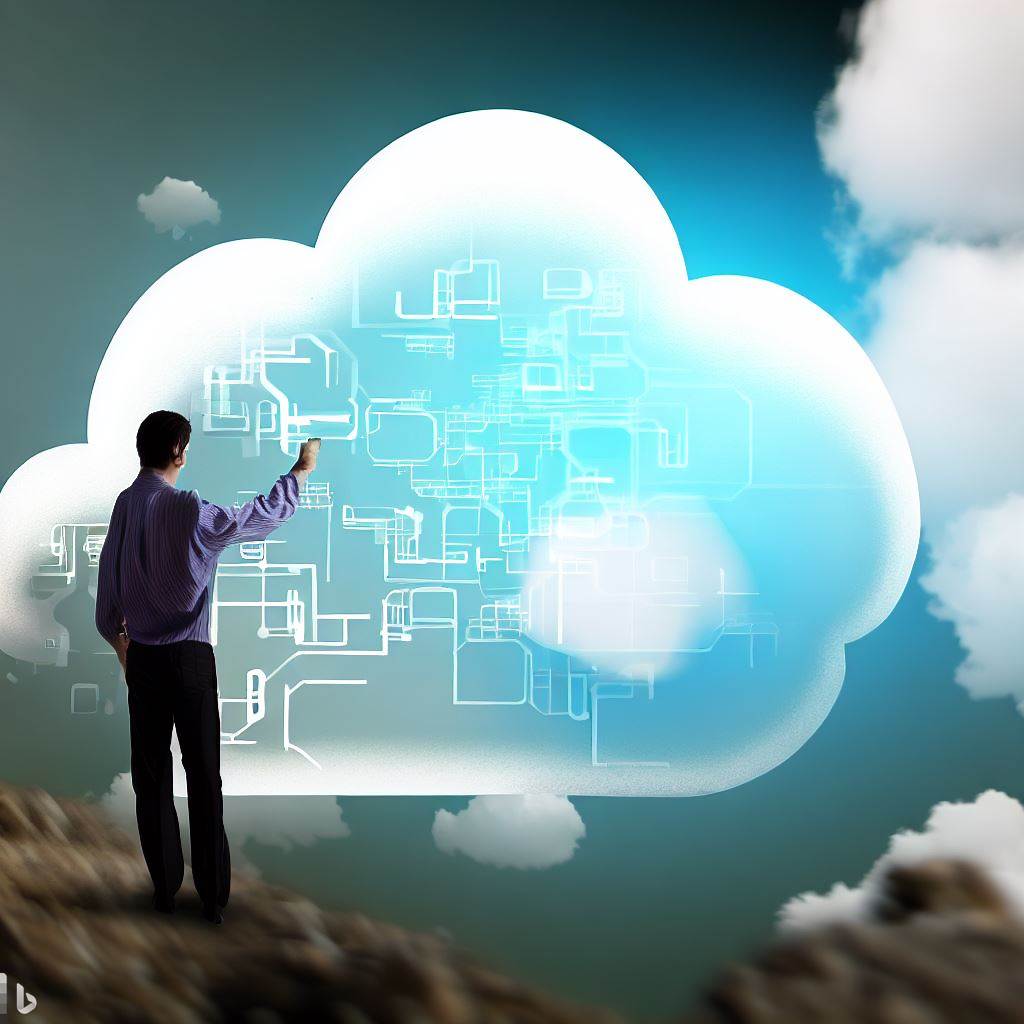This project is about cloud-native ecosystems and Next-Gen AI, as developed through the book Cloud-Native Ecosystems and the Exploras.cloud blog. It was not created in isolation, but in collaboration between myself, Mauro Giuliano (also known as Gandalf), and an artificial intelligence assistant I call Old Birba..
The choice to openly share this collaboration is intentional. Artificial intelligence is not only transforming the way we build systems, but also the way we produce knowledge. I believe transparency is part of responsible use. This book and website are living examples of how human creativity and AI can work together ethically.
Old Birba, powered first by ChatGPT-4 and now by ChatGPT-5, acts as a researcher and a verifier of content. I provide the ideas, the structure, and the initial writing. Then, together, we refine it — adjusting the clarity, the SEO for the blog, the pagination and readability for the book, and the overall consistency of tone.
But Old Birba is more than an editing tool. The AI often helps me explore fields that are new to me or tools I don’t use every day — from book formatting to website configuration. It accelerates my learning curve, not by replacing my decisions, but by providing well-structured options and insights that I can evaluate and integrate.
Another unexpected benefit has been my English writing. Working with AI has become a form of practice: I write in English, Old Birba suggests refinements, and together we reach a style that is both accurate and engaging. For someone writing for an international audience, this support is invaluable.
There is also a playful dimension. In the book, you will discover passages where dialogues appear — not just my own words, but conversations generated with the help of AI. These dialogues are not filler; they are crafted to reinforce the holistic vision I want to share, giving abstract concepts a voice and making them more tangible for the reader.
Using AI responsibly means setting clear boundaries. I never let Old Birba write alone or publish unchecked text. Every page is a human decision, shaped by my perspective, my values, and my professional journey. The AI is a companion — never the author, never the final word.
For me, the most important outcome is not efficiency, but amplification. By working responsibly with AI, I can expand the scope of what I explore, while still keeping integrity at the core. Readers deserve to know where words come from, and in this case, they come from a partnership: human intention and machine assistance, blended with transparency.
Exploras.cloud is therefore more than a website or a book. It is a living experiment in collaboration. It demonstrates that when artificial intelligence is used responsibly — as a guide, a verifier, and a creative partner — it can strengthen human work without replacing the human voice.
This is the spirit in which both Cloud-Native Ecosystems and this blog were created. And it is the spirit in which they will continue to evolve.
I write more about these continuous experiences and improvements in the coming weeks. More of the next posts will be oriented toward the impact of AI on my cloud-native ecosystem model and, more broadly, on information ecosystems.
At the same time, it is becoming increasingly necessary for organizations to adopt a conscious approach to Next-Gen AI. Refusing its introduction is no longer a viable strategy, yet adoption must be managed responsibly. The last six months have shown how quickly generative models can evolve into tools capable of producing working code from natural language specifications. This creates not only opportunities but also challenges: it requires rethinking the operating models used to develop software, with implications that extend into legal frameworks, intellectual property rights, and governance. Above all, it calls for a profound cultural and professional shift in how we educate the next generation of software engineers, architects, and developers. The ability to harness AI responsibly will shape not only how we build systems, but how we define the very role of human creativity in the digital era.
